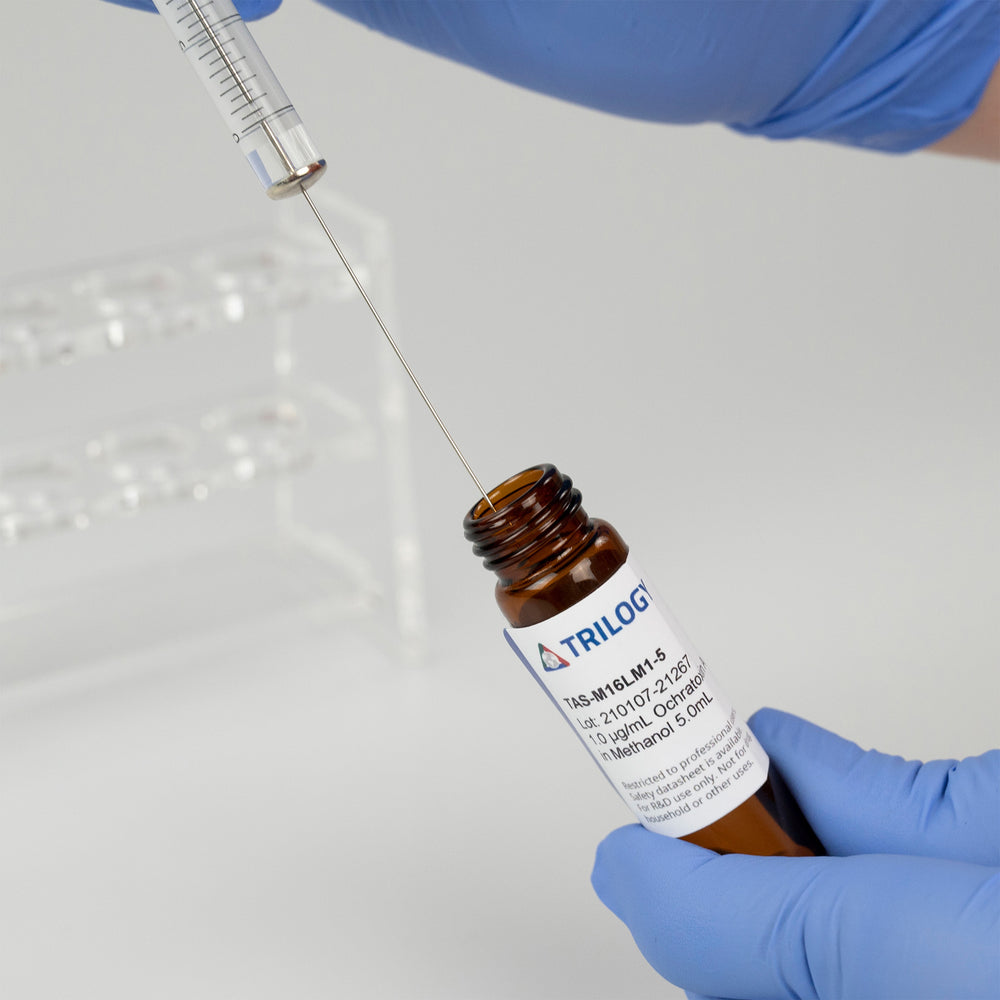Trending Discussion
Jenny Rodgers
July 18, 2023

Meteorological Patterns and Their Correlation with Mycotoxin Trends
Everyone has settled into July and is managing, to the best of their abilities, the summer heat. It’s the “hot” topic this 2023 harvest season and by now many have been talking about the growing concern of this year’s crop and aflatoxin contamination. It’s common knowledge that fungi known to produce aflatoxins flourish in dry heat and can withstand high temperatures and this can become increasingly concerning because it creates a more favorable environment for the growth and proliferation of aflatoxin-producing fungi. With reduced competition from other fungi, Aspergillus species can colonize crops more extensively and produce higher levels of aflatoxins.
Looking to learn more about the technical side of Aflatoxin biosynthesis?
Download our whitepaper.
The main mycotoxin of interest this season is aflatoxin, but the important trait mycotoxins exhibit is the ability to co-occur. Different fungi have the ability to produce multiple mycotoxins, and co-occurrence refers to the simultaneous presence of two or more mycotoxins in a given sample or food product.In the past, mycotoxin analysis often focused on the detection of individual mycotoxins, overlooking the potential presence of other mycotoxins. However, with improved analytical techniques, such as liquid chromatography and mass spectrometry, it has become possible to simultaneously detect and quantify multiple mycotoxins in a single analysis.

Early July 2023 Drought Monitor Compared to 2022 Corn Yield
In this data analysis, the co-occurrence of confirmed aflatoxin contamination is compared to other mycotoxins of interest and evaluated based on number of times multiple mycotoxins occur naturally.
| Deoxynivenol | Fumonisin B1 | Zearalenone | T-2 Toxin | HT-2 Toxin | Ochratoxin A | Citrinin |
|---|---|---|---|---|---|---|
| 87% | 96% | 93% | 32% | 16% | 3% | 9% |
*Sample evaluation was completed on analytical test samples that were found to contain a detectable level of aflatoxin B1 (>1ppb) by either LC-MS/MS or HPLC test methodology. No exclusion was completed based on sample commodity even though the commodity of the sample does contribute to which toxins can typically co-occur together. All sample data was collected and analyzed within the time frame of January – June 2023.
About Trilogy
Trilogy is a food and feed safety laboratory specializing in mycotoxins, mycotoxin binder analysis, biogenic amines and animal drug residue testing. Trilogy Analytical Laboratory opened its doors in 1999 when its founders recognized a need in the mycotoxin industry for quick result turn-around utilizing reliable reference methods provided in an analytical setting. One of the main pillars of Trilogy’s strategy is to operate using a comprehensive quality program that we can rely on to ensure performance parameters are met every single time. From this philosophy the Trilogy line of quality products was born with the mycotoxin industry in mind.
Media Contact: Lynette Hischier, l.hischier@trilogylab.com






